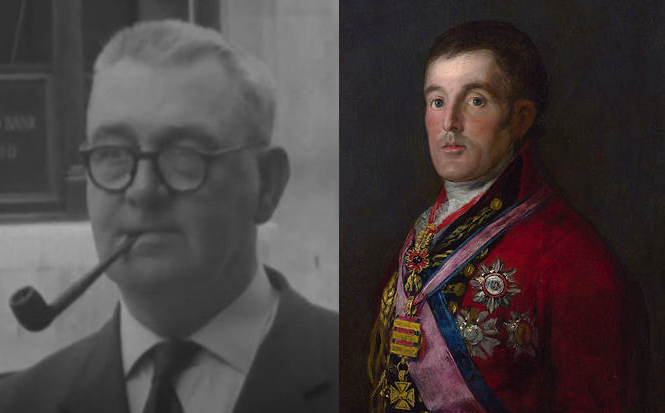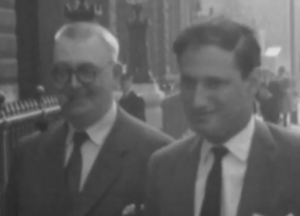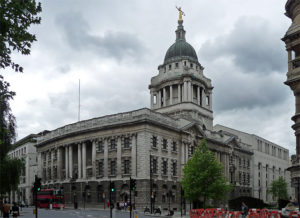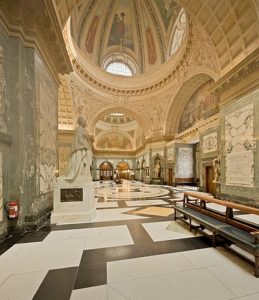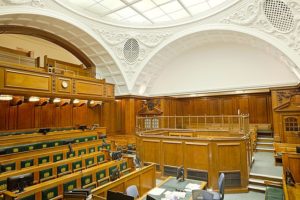In 1961, an unemployed cab driver, Kempton Bunton, pulled off one of the most remarkable art thefts of the 20th century. Or did he?
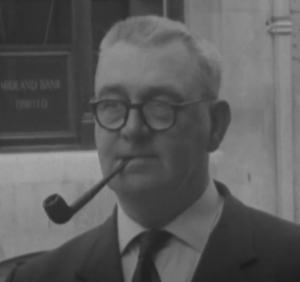
Bunton’s mother named him Kempton Cannon Bunton after a British jockey, Kempton Cannon, who won the Epsom Derby only days before her son’s birth, June 14, 1904, a victory she financially backed. When asked about his unusual name, Bunton also always replied, “It’s Kempton as in Kempton Park racecourse,” as if to underscore his interest in such an edgy activity.
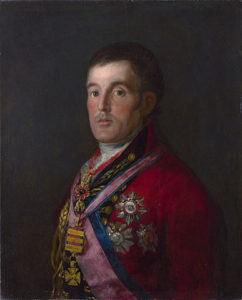
Arthur Wellesley, the First Duke of Wellington, became one of the most prominent military and political leaders of the British Empire during the first half of the nineteenth century. Despite spending approximately fifteen years in military posts that included the Netherlands and especially India, Wellesley remained an obscure commanding officer until his 1808 assignment to the Peninsula War, an extended conflict on the Iberian Peninsula combating Napoleonic occupation. This grueling struggle, combined with Napoleon’s disastrous 1812 invasion of Russia, depleted French military strength, and lead to France’s eventual capitulation. One of the key moments of the Peninsula War occurred when Wellesley, then the Earl of Wellington, achieved a decisive victory at Salamanca, which lead to the liberation of the capital, Madrid and the flight to Valencia of Joseph Bonaparte, titular king of Spain, and brother of Napoleon Bonaparte. The Earl entered the capital on August 12, 1812, at the head of his troops, the British hailed as liberators by Madrid’s grateful inhabitants. The Peninsula War dragged on laboriously until 1814 and the final collapse and abdication of Napoleon Bonaparte, but after Salamanca, Madrid was never reoccupied by French forces.
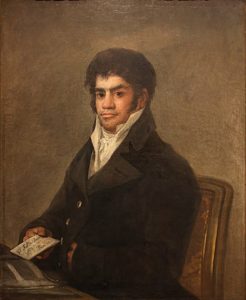
As a celebrity, Wellington, in the capital, crossed paths with Francisco de Goya, the Spanish Court Painter and a prominent member of official society in his own right. Goya was able to get the British commander to sit for a sketch and two other eventual paintings, an equestrian study and a remarkable portrait of Wellington, in scarlet uniform, festooned with numerous colorful decorations and a remarkably lifelike expression. Over time, as the historical prominence of both men grew, this portrait achieved a special stature denoting the interaction of one of Europe’s greatest artists with one of the continent’s most accomplished statesman and military leaders, a truly rare collaboration.
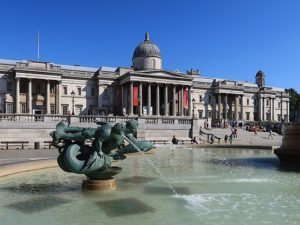
The initial controversy and subsequent national retention of such a uniquely British artifact generated massive publicity and anticipation when it was announced that the painting would be placed on display at London’s National Gallery, beginning August 2, 1961. For two and a half weeks, crowds averaging well over five thousand patrons daily, an unusual increase over the normal number of the museum’s visitors, flocked to see the newly acquired painting. To accentuate the stature of and to insure maximum accessibility for the throng of visitors eager to see the portrait, Goya’s Duke of Wellington was displayed on a portable easel, not in one of the museum’s rooms with other paintings but by itself, in a common area, in the North Vestibule of the Gallery. It also was loosely secured on the easel to allow for immediate removal in the event of fire or some other calamity. Then, on August 21, the painting vanished.
Podcast: Play in new window | Download
Subscribe: RSS

